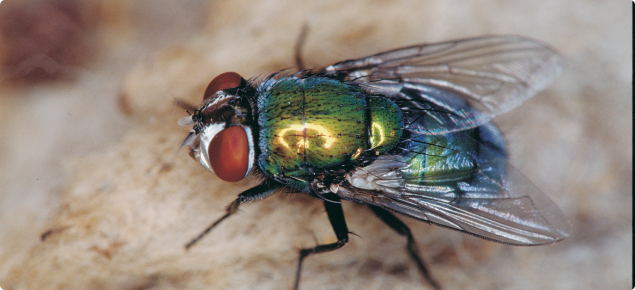Research is continuing by DPIRD, the Australian Wool Innovation Ltd (AWI) and many other institutions and producers to determine the most appropriate and effective strategies to minimise breech strike in non mulesed Merinos.
DPIRD recognises that this is a serious issue and ceased mulesing on its own flocks in 2008 in order to carry out research into managing non mulesed sheep. This ensures that sheep producers have access to the best information and practical recommendations for managing flystrike in non mulesed sheep. View more information on managing flystrike (body and breech).
DPIRD recommends that producers who continue to mules use a registered pain relief treatment (for example Tri-Solfen) at mulesing and that the mulesing is done by an accredited operator. Producers who mules when conditions are ideal for flies should use a preventative chemical. All contractors in Western Australia (WA) should be trained and all producers who mules on their own property should also be trained to perform the operation.
Producers who have ceased mulesing or have wool from mobs of non mulesed sheep are encouraged to complete the National Wool Declaration (NWD) as part of marketing their wool. Please visit the Australian Wool Exchange (AWEX) for more information. This voluntary declaration is completed and signed by the owner/manager and it can be used immediately. This information is available to buyers and is expected to lead to a price differential as buyers compete to fill orders from discerning customers.
History of mulesing
The mules operation, or mulesing, was developed by JHW Mules in 1929 to aid in the control of blowfly strike in the breech or crutch of sheep. It is a surgical procedure performed on lambs at marking time where the skin folds around the breech area are removed by mulesing shears or a knife. Blowfly strike is when blowfly larvae develop on living sheep. The maggots feed directly on the skin of the sheep, causing considerable distress and, if untreated, may lead to its death within a few days.
Mulesing is currently performed on approximately 70% of Merino wool-producing sheep in Australia. It is highly effective at reducing the incidence of breech strike however social attitudes to animal welfare have changed dramatically in the past 20 years and in November 2004 Australian wool and sheep industry leaders unanimously expressed their commitment to the phasing out of mulesing.

